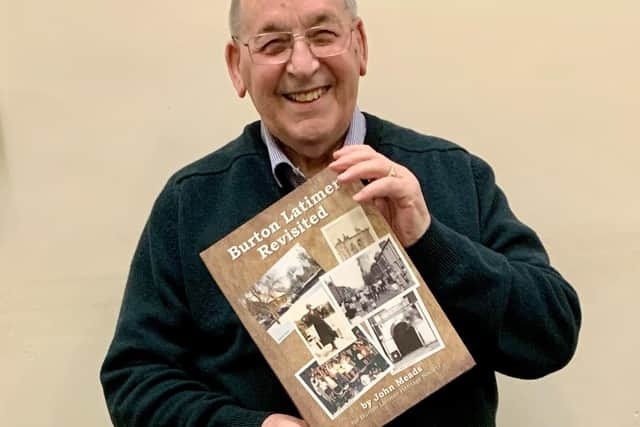Burton Latimer: the Town's Past in Pictures
and live on Freeview channel 276
Burton Latimer Heritage Society was thrilled recently to take delivery of a consignment of “Burton Latimer Revisited” by John Meads.
John has, with his title, very cleverly told us what his book is about. A look again, through photographs, at our town.
Advertisement
Hide AdAdvertisement
Hide AdMany of the images come from the Society’s own vast photographic archive. Much of the supporting text comes also from Society records. What is not available in either files or folders is John’s unequalled knowledge of and love for his town. In “Burton Latimer Revisited” this is evident in the descriptions accompanying the chosen images and equally apparent in the highlighted Points of Interest which are sprinkled liberally throughout the book.


John’s is not the first book about our town. Thirty years ago Douglas Ashby and the Rotary Club of the Ise Valley published “Portrait of a Certain Place”, ten years ago John himself wrote “Burton Latimer House Histories” and at the end of 2022 Tony Dacre wrote “We Will Remember Them” about the Burton Latimer men from both World Wars who are listed on the War Memorial.
History and events of the past can never change. What is different now is that we have much more ready access to information through the joys of modern technology. John for one is not slow to make use of such resources. Yet at the same time acknowledging his debt to early research by Douglas Ashby and others. Were it not for the dedication of the author in helping and encouraging the conservation of the town’s heritage this book would not have been possible. Without the generosity of Burton Latimer’s own people and supporters there would have been less to conserve.
In some ways this book can perhaps be seen as a repayment of those debts.
As it says in the introduction this is not a history book –
it is celebration of a place and very importantly its people.